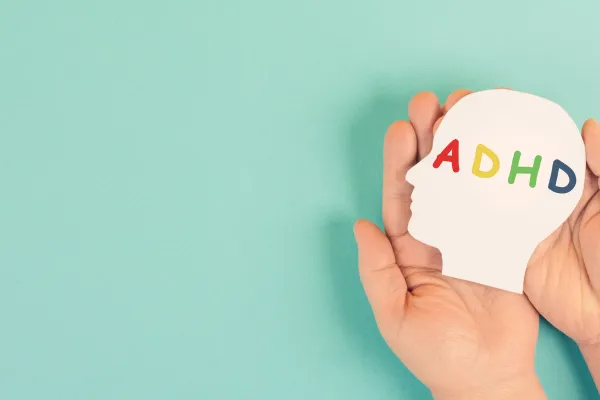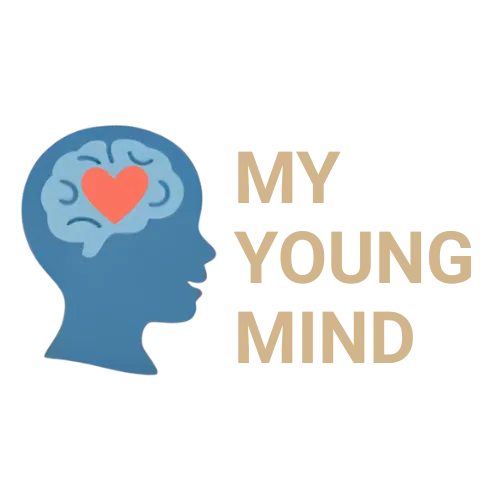
Rethinking ADHD: Your Child Isn’t Broken
Rethinking ADHD: Your Child Isn’t Lazy or Broken
When a child has ADHD, it can look like they’re constantly distracted, forgetful, messy, or “not trying hard enough.” As a parent, this can be deeply frustrating and heartbreaking — especially when your child is smart, kind, and full of potential.
But what if their behaviour isn’t a sign of a problem — just a sign of a brain that works differently?
The Fast Mind, not a Faulty Mind
Kids with ADHD often have fast-moving minds. They jump from idea to idea, question to question, impulse to impulse. Their focus can seem scattered — but they can also hyperfocus on something they love for hours. This isn’t inconsistency. It’s how their attention system works.
It’s not broken. It’s just different.
But school isn’t built for fast minds. It’s built for structure, sitting still, following steps, and producing the “right” result on time. And when a child struggles to meet those expectations, they often conclude something terrible:
“There must be something wrong with me.”
That thought becomes the beginning of self-doubt. Not the ADHD itself — the belief about what it means.
What If It’s Not a Discipline Issue?
From the outside, it might seem like they just need more structure, more routine, or more consequences. But underneath, most children with ADHD are already trying incredibly hard to do what’s asked of them. They’re not lazy — they’re overwhelmed.
They live in a constant loop of:
Wanting to do the right thing
Getting distracted or forgetting
Feeling bad
Trying harder
Burning out
And when this loop repeats, their confidence starts to shrink.
But confidence isn’t built through success alone. It’s built through understanding.
What They Really Need Is to Be Seen Differently
Instead of focusing on what your child can’t do in certain moments, start noticing the incredible things they can do:
The creativity
The way they light up when they’re interested
The humour, the big emotions, the ideas
The way they care deeply, even if it’s hidden under frustration
These are clues to who they really are — not a diagnosis, but a whole person doing their best with the brain they have.
The Role of State of Mind
Like all of us, your child’s experience changes depending on their state of mind. When they’re calm, connected, and clear, they can access more of their abilities. When they’re caught up in self-doubt or shame, their thinking gets cloudy.
That’s not an ADHD thing. That’s a human thing.
If we help our children understand that thoughts come and go — and that they don’t have to believe every one — they start to get less caught up in labels and more curious about what’s possible.
You don’t need to fix your child. You just need to see them clearly.
And when you do, they’ll start to see themselves that way too.
Want support for your ADHD child — or help shifting how you see them?
I work 1:1 with parents and children at myyoungmind.com to help you both feel more calm, connected, and confident. Together, we’ll look beneath the surface and find what’s already working inside your child.
